DCPA NEWS CENTER
Enjoy the best stories and perspectives from the theatre world today.
Enjoy the best stories and perspectives from the theatre world today.

The following information was primarily compiled by Gil Asakawa and Nga Vuong-Sandoval. Sources: Vietnam Veterans Memorial, PBS, Defense Casualty Analysis System, Brittanica, U.S. General Accounting Office and ‘Miss Saigon’:
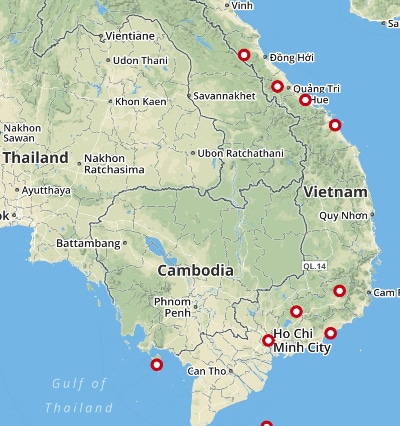
The map of Viêt Nam today.
Note: Amerasians Without Borders offers DNA tests in Việt Nam, then helps Amerasians to emigrate to the U.S. and resettle: amerasianswithoutborders.us
Nga Vuong-Sandoval: ‘I want people to know how proud we are to be Viêtnamese’
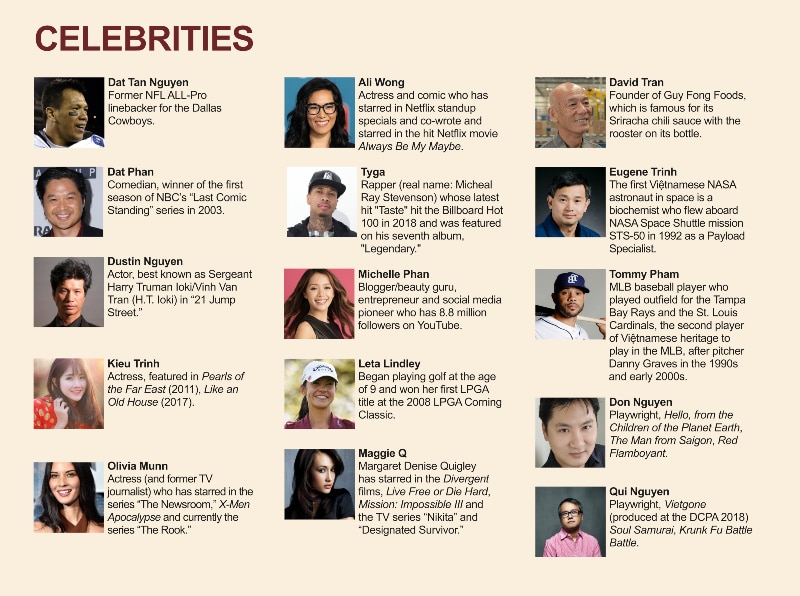
In Denver, the Asian and Asian American Pacific Islander population is less than 3 percent of the total population according to the 2010 census. Of that the Việtnamese are the largest community with 0.82 percent
Read more about Tri Ma of Denver, who says: ‘My mother ‘was the Harriet Tubman of our family’
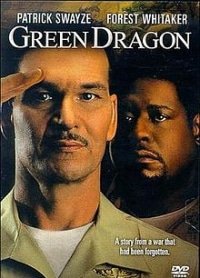 “Coming Home (1978): A housewife (Jane Fonda) falls in love with a wounded veteran (Jon Voigt) who has become anti-war, and the military husband (Bruce Dern) who comes back from Việt Nam with PTSD. One of the first Hollywood movies about the war, based on Fonda’s friendship with Ron Kovic, a paraplegic veteran who protested against the war. (His story was made into director liver Stone’s Oscar-winning Born on the Fourth of July in 1989.)
“Coming Home (1978): A housewife (Jane Fonda) falls in love with a wounded veteran (Jon Voigt) who has become anti-war, and the military husband (Bruce Dern) who comes back from Việt Nam with PTSD. One of the first Hollywood movies about the war, based on Fonda’s friendship with Ron Kovic, a paraplegic veteran who protested against the war. (His story was made into director liver Stone’s Oscar-winning Born on the Fourth of July in 1989.)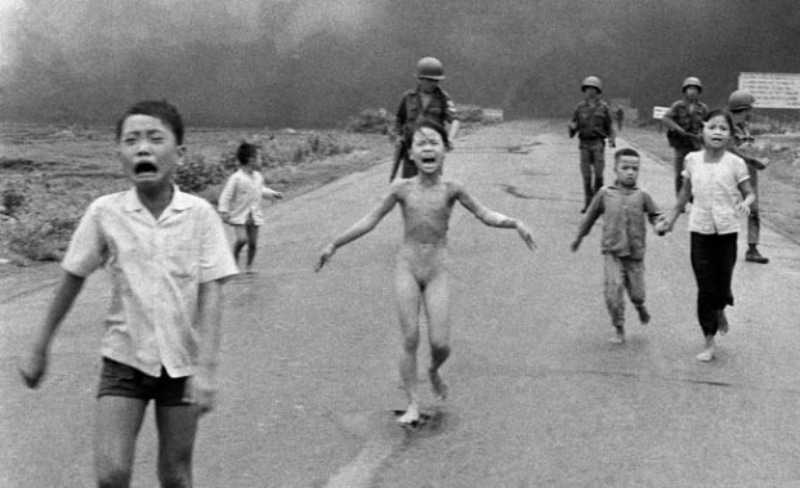
Photo by Denise Chong.
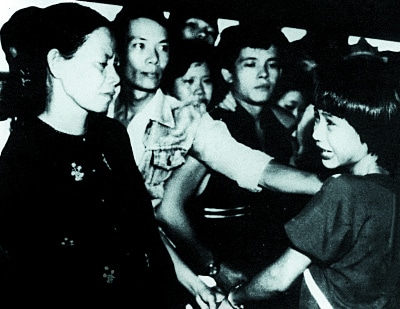 THE PHOTO THAT INSPIRED THE MUSICAL
THE PHOTO THAT INSPIRED THE MUSICALThe composer of Miss Saigon, Claude-Michel Schönberg, traces his inspiration for the development of the musical to a 1975 photograph he found of a Vietnamese mother seeing her 11-year-old daughter off at Tan Son Nhut Air Base – the Republic of Vietnam Air Force facility that was located near the city of Saigon in southern Vietnam from 1955-1975. In the photo, the daughter, who is both Vietnamese and American, is being sent to live with her ex-GI father. This picture also motivated lyricist Alain Boublil to further investigate the last days and aftermath of the Vietnam War, an investigation that informed him of the war’s cruelty, contradictions, sacrifice and betrayal. “The pain of being torn apart and the fracture of the maternal bond must always be a presence in the depths of this woman’s heart,” he said. “What we felt for this girl and her mother has always moved us deeply, both as fathers and as the children we once were. This Vietnamese woman,her face frozen in pain, knew that finding the child’s father marked the end of her life with her daughter, and that this moment at the departure gate was the end. This silent scream is the most potent condemnation of the horror of that war – of all wars. This photo could have been taken today in Syria, Sudan and probably in the Ukraine. We hope that such a picture will never be taken here. Where is she? We hope she found happiness somewhere in America and especially that her mother’s sacrifice was not in vain.”
